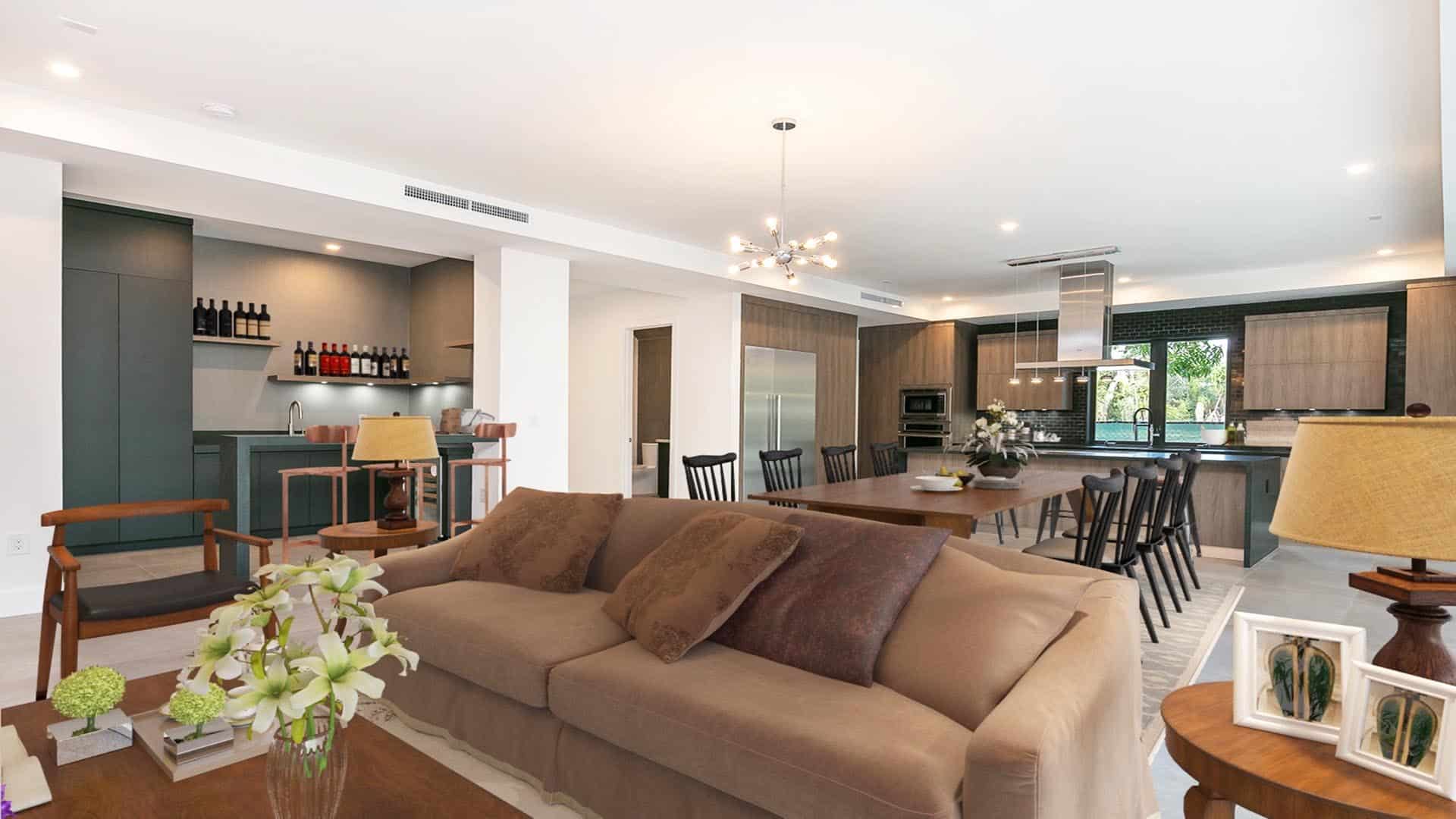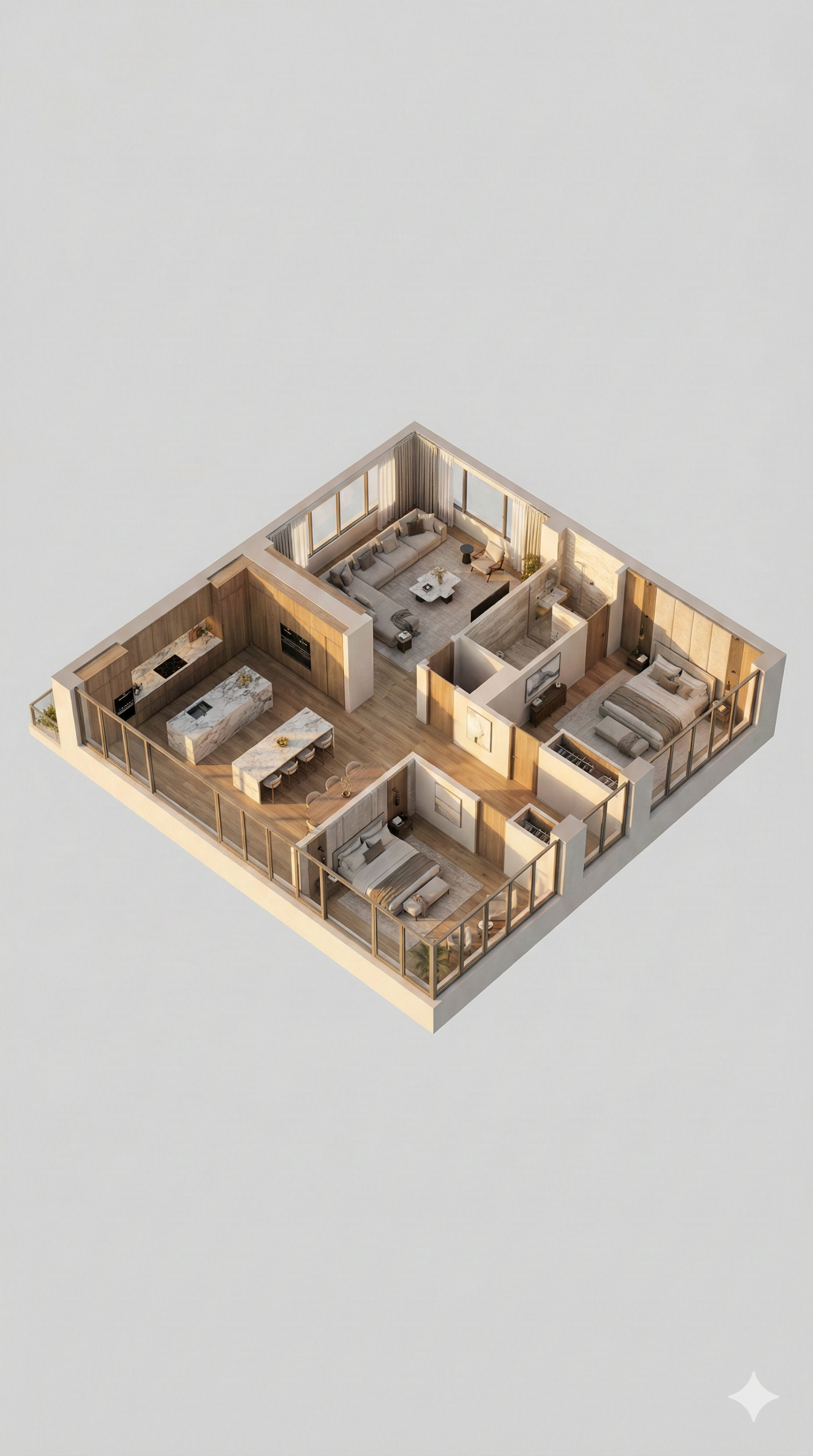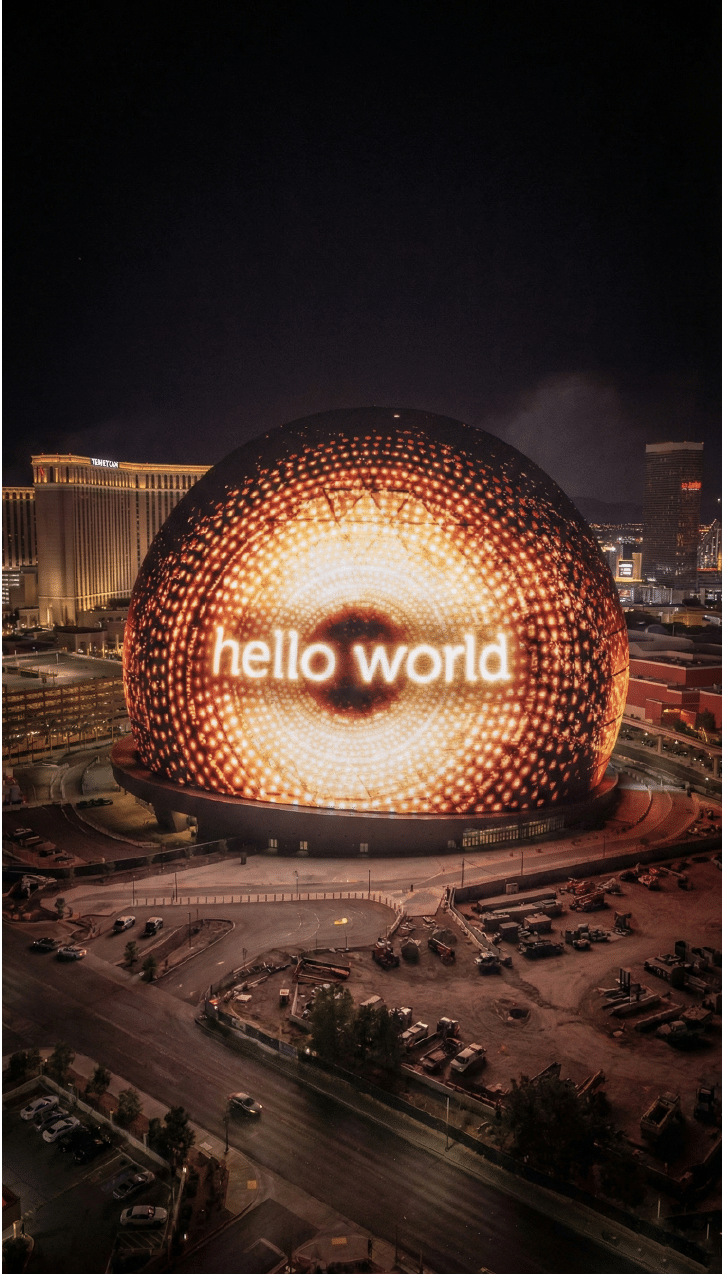In the real estate market, presentation is everything and you should understand the difference between Virtual Staging vs Traditional Staging. Whether you’re a seasoned realtor or a homeowner looking to sell, how you showcase your property can make all the difference. This is where staging comes into play. But with advancements in technology, the choice between virtual staging and traditional staging is more pertinent than ever. Which one works best for you? Let’s dive in and explore the pros and cons of each.

What is Virtual Staging?
Virtual staging is the process of using computer technology to furnish and decorate a home digitally. This technique is becoming increasingly popular due to its flexibility and cost-effectiveness. At Xpress Rendering, we specialize in creating stunning virtual staging that can transform any empty space into a buyer’s dream home. If you’re looking to transform a space, visit our Virtual Staging section to learn more about our services and view examples of our work.
Pros of Virtual Staging vs Traditional Staging
- Cost-Effective: One of the most significant advantages of virtual staging is its affordability. There’s no need to rent furniture, hire a moving crew, or worry about physical damage to items. For example, virtual staging with Xpress Rendering starts at $110 per photo, though the final cost depends on the project’s specific details and requirements.
- Flexibility: With virtual staging, you can experiment with different styles and layouts without the physical labor. If a potential buyer prefers a modern look over a classic one, changes can be made quickly and easily.
- Time-Saving: Traditional staging can take days or even weeks to set up. Virtual staging, on the other hand, can be completed in a fraction of the time, helping you list your property faster.
- Attractiveness: High-quality virtual staging can make a listing look incredibly appealing, often better than it would with physical staging.
Cons of Virtual Staging vs Traditional Staging
- Realism: Some buyers may feel disappointed when they see the property in person if it looks significantly different from the staged photos.
- Disclosure: It’s crucial to disclose that the images are virtually staged to avoid misleading potential buyers. This transparency is essential but can sometimes dampen the initial excitement.
What is Traditional Staging?
Traditional staging involves physically furnishing and decorating a property to showcase its potential to buyers.
Pros of Traditional Staging vs Virtual Staging
- Tangible Experience: Buyers can walk through the staged home and get a real feel for the space, making it easier to envision living there.
- Immediate Impact: A well-staged home can make a strong first impression, helping buyers connect emotionally with the property.
- No Surprises: What buyers see is what they get. There are no discrepancies between the staged photos and the actual property.
Cons of Traditional Staging vs Virtual Staging
- High Costs: Renting furniture and decor, along with the labor costs of setting up and taking down the staging, can be quite expensive. For example, traditional staging can cost between 1% and 3% of the property’s sale price or between $500 and $1,500 per room. These prices can vary based on the level of customization, the size and condition of the property, and its geographic location.
- Time-Consuming: Traditional staging requires a significant amount of time to plan, execute, and maintain, potentially delaying the listing process.
- Inflexibility: Once a home is staged, making changes can be challenging and costly.
- Contractual Commitments: Staging services often require contracts that can vary in cost depending on the anticipated time the property will be on the market.
- Legal and Insurance Considerations: Additional costs for accident insurance must be factored into contracts to avoid legal complications.
Which One Works Best For You?
The choice between virtual staging and traditional staging ultimately depends on your needs and circumstances. Virtual staging offers a modern, cost-effective solution that’s quick and versatile. It’s ideal for properties that need to be listed swiftly or those that are empty and in need of visual appeal.
Traditional staging, while more expensive and time-consuming, provides a tangible experience that can create a strong emotional connection with buyers. It’s best suited for properties where buyers will be touring in person frequently and for those where the real-life setup can make a significant impact.

Virtual Staging vs Traditional Staging: Final Conclusion
Both virtual staging and traditional staging have their unique advantages and drawbacks. The best choice for you depends on your budget, timeline, and the specific needs of your real state property.
At Xpress Rendering, we specialize in providing top-notch virtual staging services that can help you showcase your property digitally in the best light. Ready to take your real estate listings to the next level? Contact us today for a free quote and see how we can transform your property with our cutting-edge virtual staging solutions.
Whether you choose virtual or traditional staging, remember that the goal is to highlight the best features of your property and help potential buyers envision themselves living there. Make the right choice for your listing and watch your property sell faster and for a better price.
Follow us on LinkedIn, Instagram, Facebook, and YouTube for more tips and updates!


